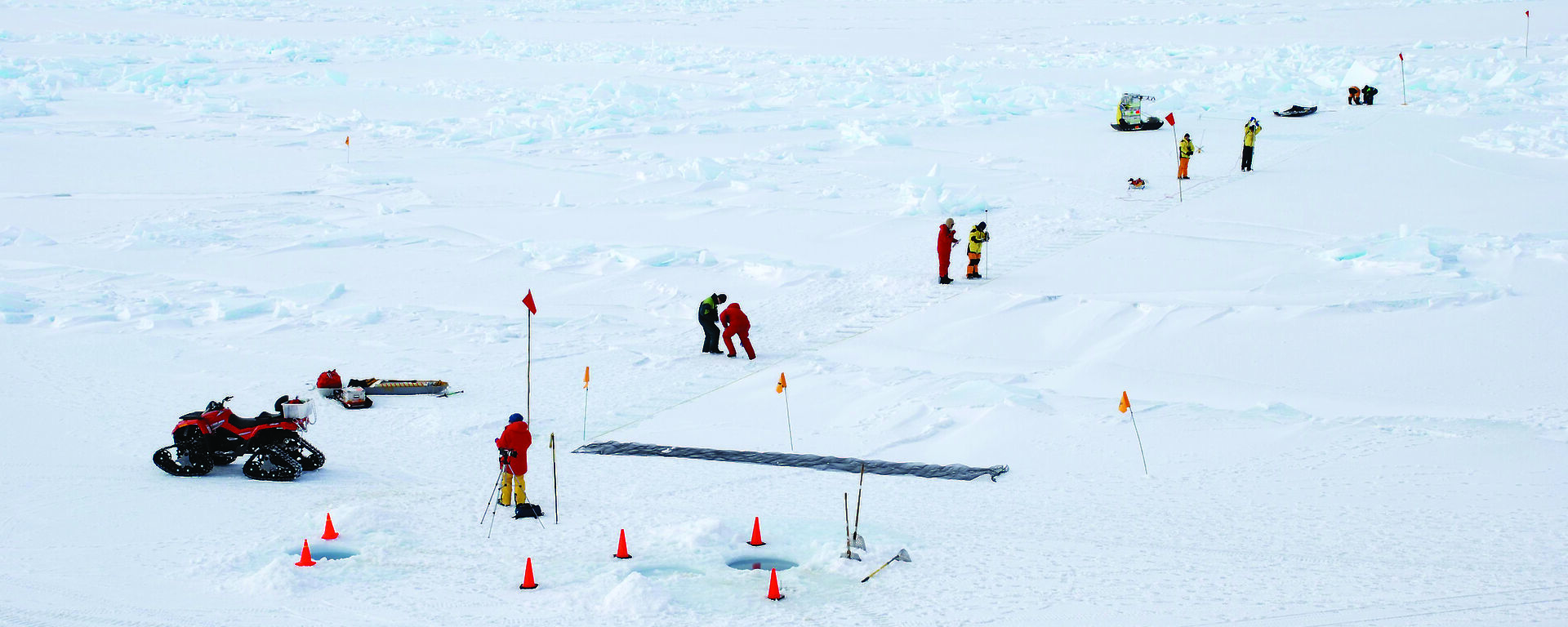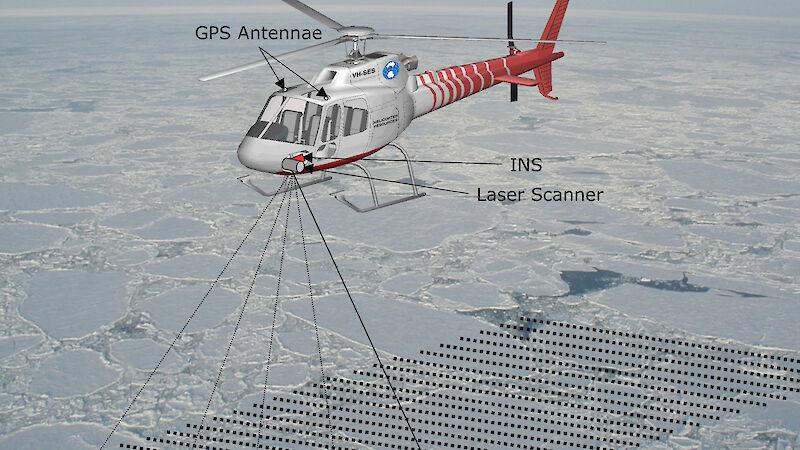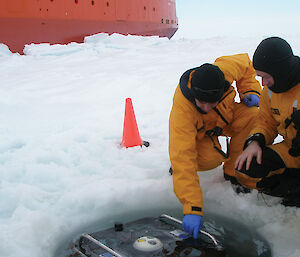As Australia celebrates National Science Week an international team of Antarctic scientists is assembling a collection of high-tech equipment to study the physical and biological sea ice environment during a two-month marine science voyage departing Hobart in September.
The team of some 50 scientists from nine countries will take part in the second Sea Ice Physics and Ecosystem eXperiment (SIPEX-II) in the sea ice zone off East Antarctica. The first voyage (SIPEX) conducted between September and October 2007, studied the relationships between the physical sea ice environment and the sea ice biology — in particular the algae and krill under the ice.
This new voyage, onboard Aurora Australis, will build on the information and observations collected in 2007, by re-visiting the study area off Wilkes Land. The overall aim of the voyage is to gather data that will help scientists assess the impacts of climate change on the physical and biological elements of the East Antarctic sea ice zone.
About 10 different science projects will be undertaken during the voyage, studying such things as:
- snow cover on ice floes
- sea ice thickness and deformation processes
- the effects of waves in the sea ice zone on sea ice floe size
- the physical properties of snow and ice, such as crystal structure, temperature and salinity
- the exchange of climate sensitive gases carbon dioxide, methane and dimethylsulfide, between the sea ice and the atmosphere
- the distribution and productivity of sea ice algae and phytoplankton
- the relationship between the physical sea ice environment and the abundance, physiology and condition of Antarctic krill.
To help with these studies a range of novel and state-of-the-art instruments will be used. These include:
- a Remotely Operated Vehicle (ROV) to observe and film (with an on-board video camera) krill, and to quantify the distribution and amount of sea ice algae associated with ice floes
- an Autonomous Underwater Vehicle (AUV) to study the three-dimensional under-ice topography of ice floes
- helicopter-borne instruments to measure snow and ice thickness, floe size and sea ice type. Instruments include a scanning laser altimeter, infrared radiometer, microwave radiometer, camera and GPS
- sea ice accelerometer buoys to measure sea ice wave interaction and its effect on floe-size distribution
- customised pumping systems and light-traps to catch krill from below the ice and on the sea floor.
To read more about these instruments and how they are used check out the links in the list above.
Check the home page of our website in early September for the latest information about SIPEX II.
More Information:
- Read about one of the krill projects on SIPEX II
- Read about the ROV used in SIPEX-I in the story Sea ice algae put spring in krill growth.
- Read a summary of the findings of SIPEX (2007) in the Australian Antarctic Magazine, 2011.
- Find other National Science Week events




